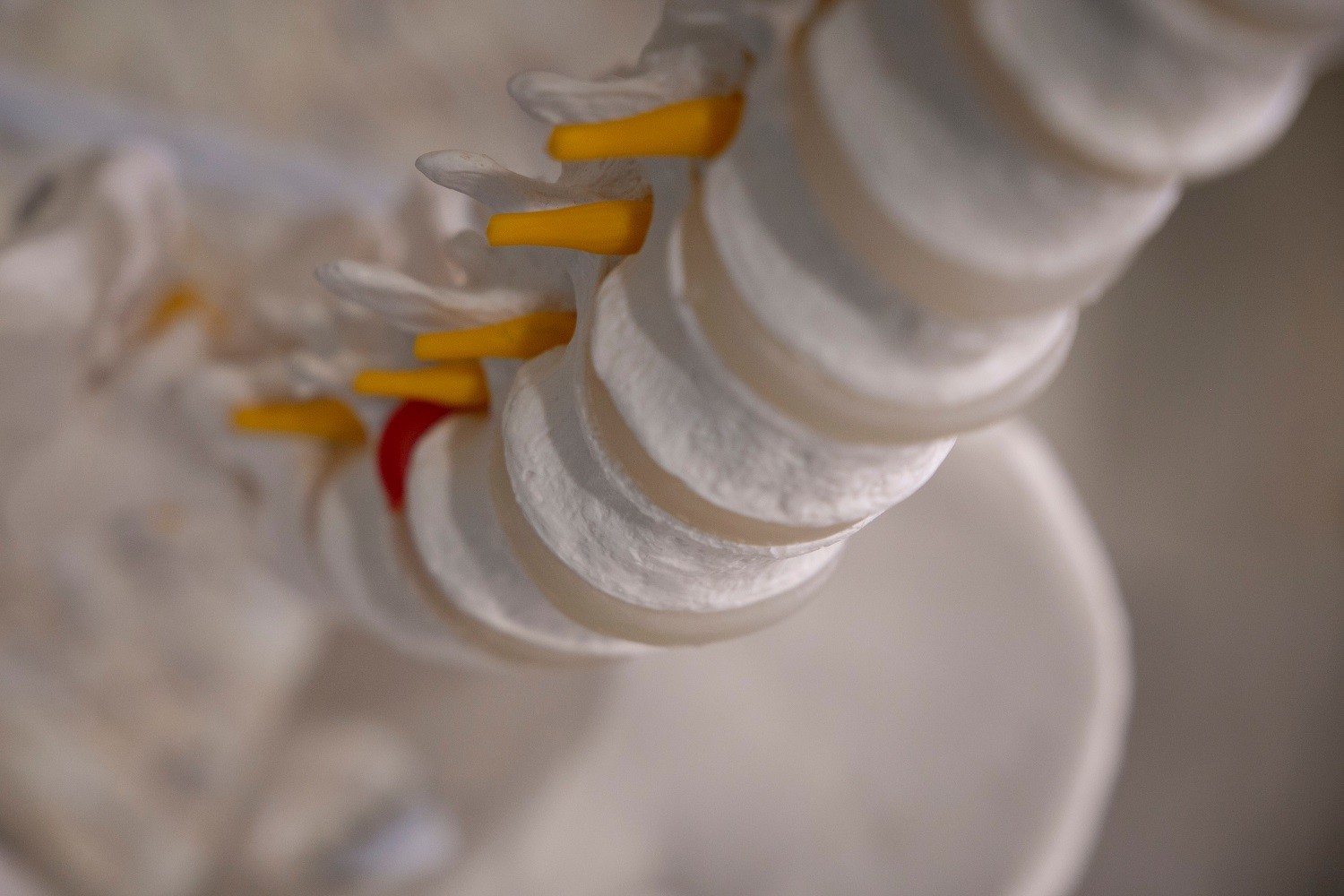
Your spinal cord is composed of bones that are covered by discs that act as your bone's protective covering. Discs allow you to move your spinal cord and keep the bones that make up your spinal cord in place. Your discs protect your spinal cord by absorbing the impact of bodily movements and by keeping each spinal bone separate from the next. When a tear occurs in the outer portion of the disc, nerve endings near the disc may become irritated and sensitive to pain. Discs may also be damaged when they are brittle.
Causes of disc damage
Ageing is usually the main cause of disc damage. As you grow older, blood flow to the spinal cord may become poor causing the fluids that are found in the discs to solidify and harden. In time, your discs may lose their elasticity. With age, your discs may also become more prone to trauma and tearing that result from seemingly harmful movements like twisting and lifting, or from a fall or blow to the back. Most adults begin to experience disc damage upon reaching middle age.
While ageing is inevitable, there are other factors which can hasten disc damage. These include:
- Smoking
- Obesity
- Occupational risks (lifting heavy objects)
- Lack of exercise
- Injuries resulting from falls or accidents
Abnormalities in spinal structure
Genetics and heredity can also cause abnormalities in spinal structures, the most common of which are:
- Kyphosis – an exaggerated posterior curvature in the upper back region, producing the so-called "humpback" or "dowager's hump", the condition seen in osteoporosis
- Lordosis – an overly inward curvature of the lower portion of the spinal cord also referred to as "swayback". Pregnant women may also exhibit a temporary swayback.
- Scoliosis – the most common of the spinal deformities, is one or more lateral curvatures of the spine, forming an "S" when viewed by x-ray. It is more often seen in women and can cause debilitating pain. Aside from being hereditary, the cause of scoliosis is generally not known.
Other common medical conditions involving the discs in your spinal cord
Herniated disc
This condition occurs when the gel-like inner material of a disc flows out through a tear or rupture in the outer membrane following repetitive stress. The fluid may affect adjacent nerves causing pain. The pain of a herniated disc can be unbearable and further damage may be irreversible.
Pinched nerve
Pinched nerve is a generic name given to injuries arising from compression or constriction of a nerve or set of nerves. When a herniated disc presses on a nerve root, there is radiating pain, numbness and diminished motion.
Treatment and prevention
Pain relief
Disc damage is usually accompanied by extreme pain in the area or in the connective tissues. Self help measures that help alleviate the pain include applying cold or heat packs to the affected area and stretching exercises.
Lifestyle changes
Since majority of disc injuries occur in the lumbar region or the lower back, care should be taken to avoid heavy lifting and stretching the spine when playing sports. Smoking reduces blood flow to the discs making them susceptible to damage. On the other hand, physical inactivity also makes the discs hard and prone to tears while excess weight subjects your lower back to more stress. Lifestyle adjustments to prevent disc damage include not smoking, moderate exercise and losing weight. Taking calcium supplements and maintaining a healthy diet are also essential to the prevention of disc damage.
Originally published on Jul 14, 2010








